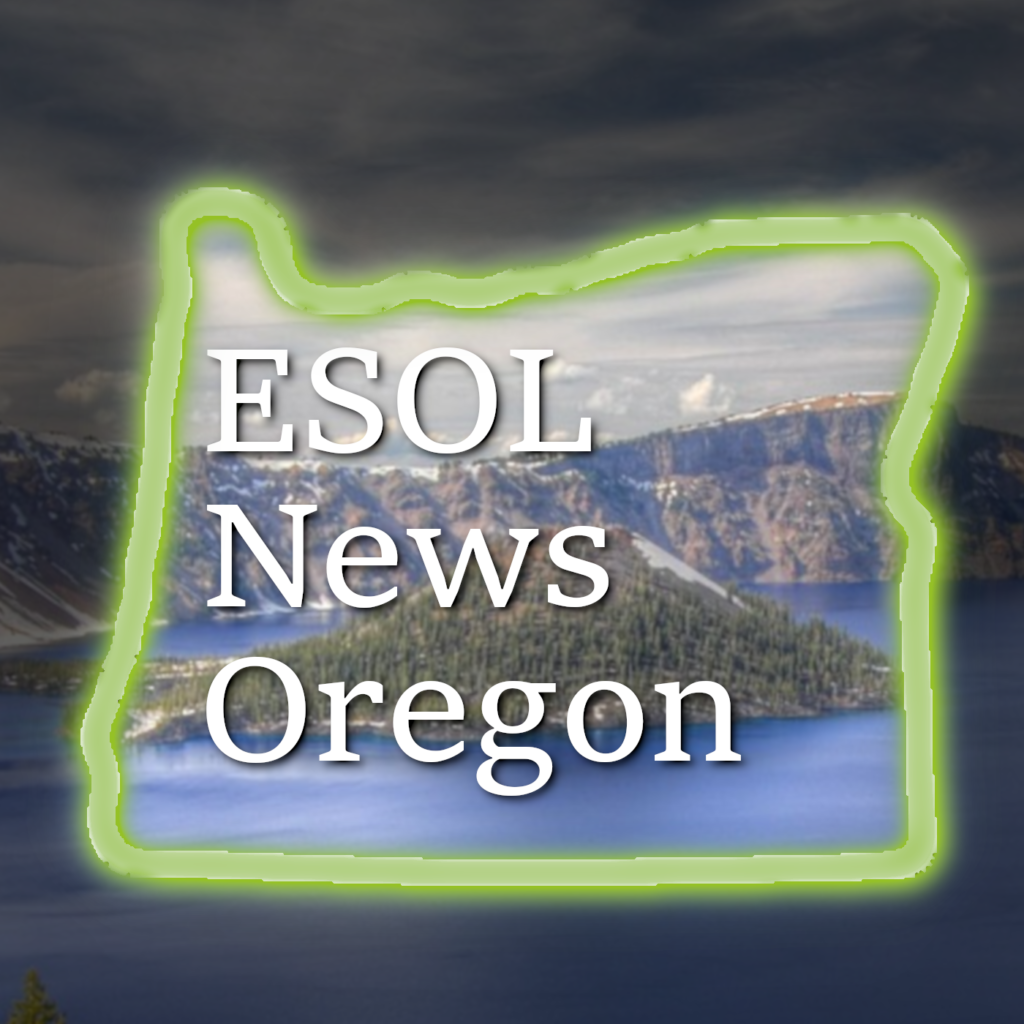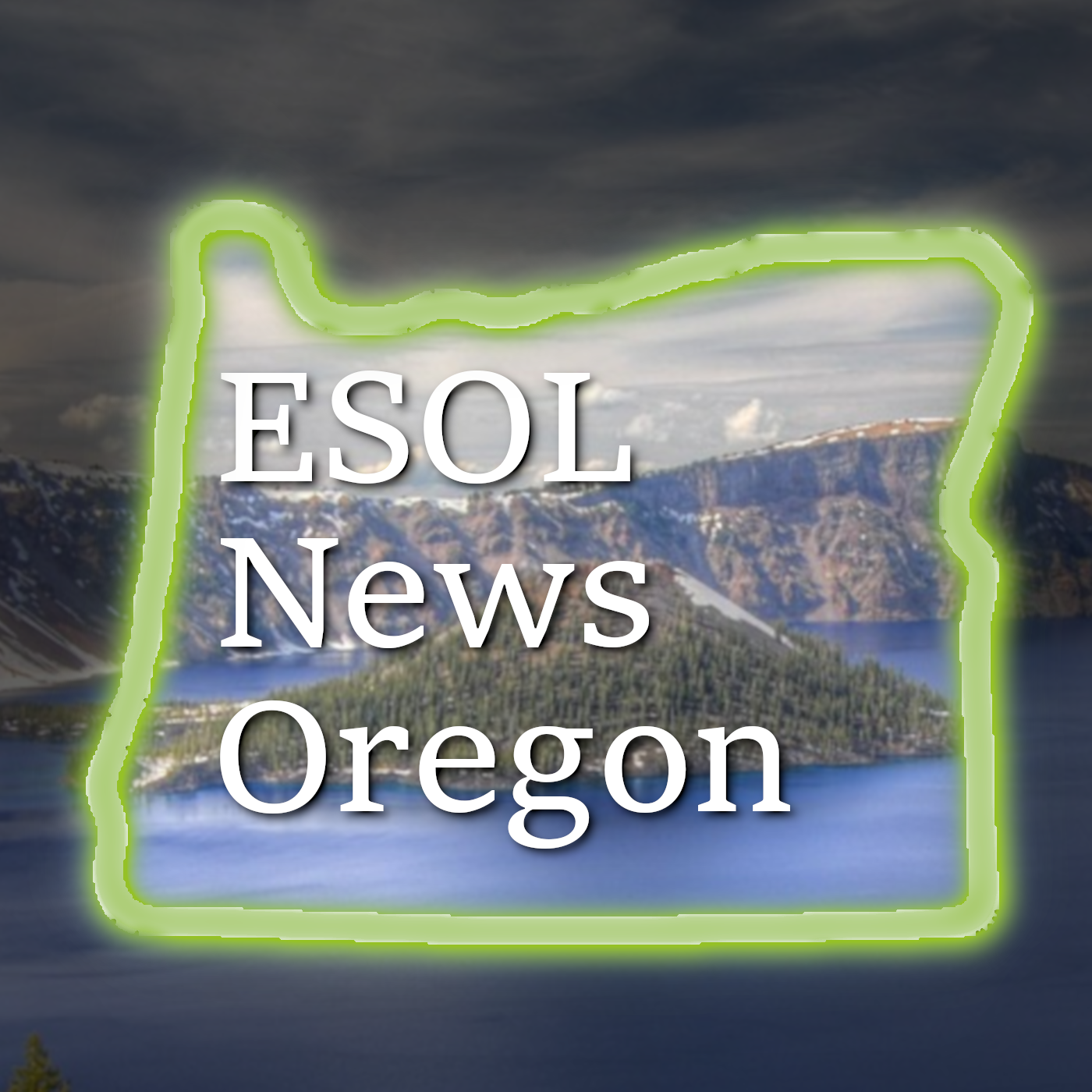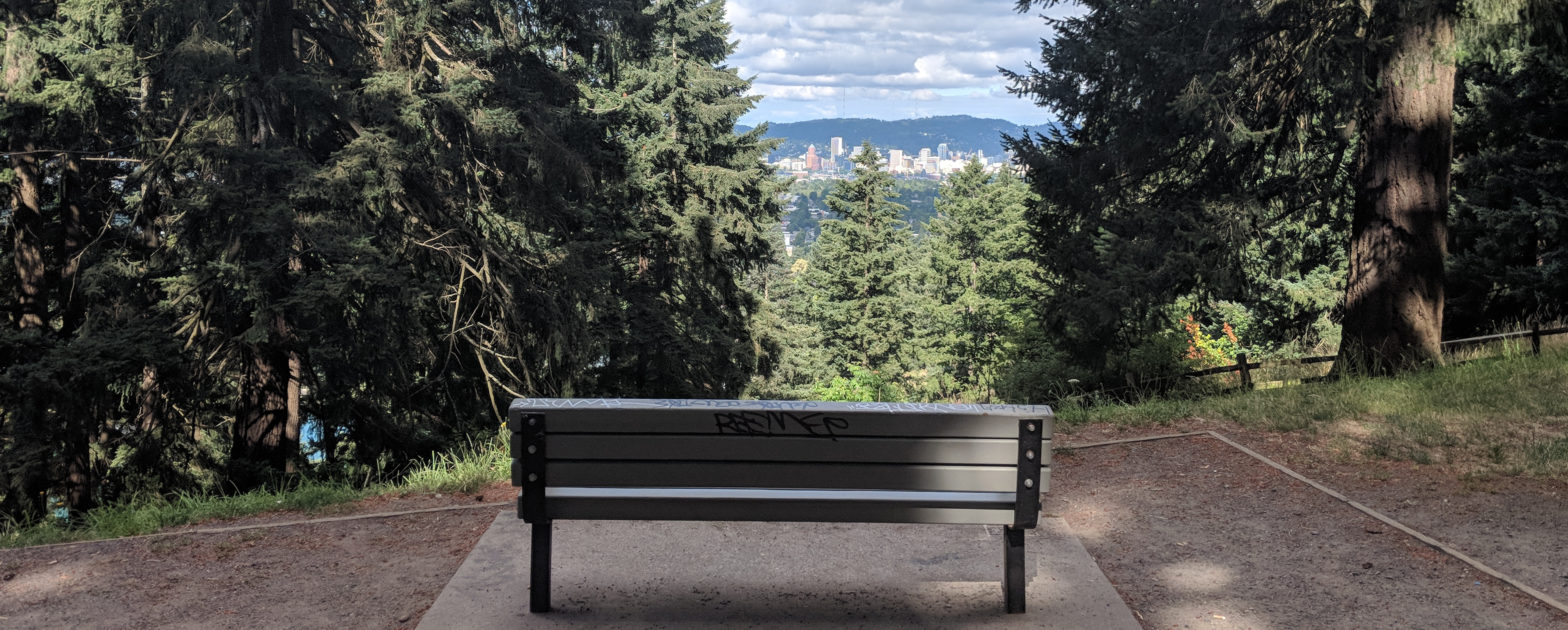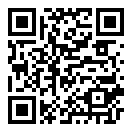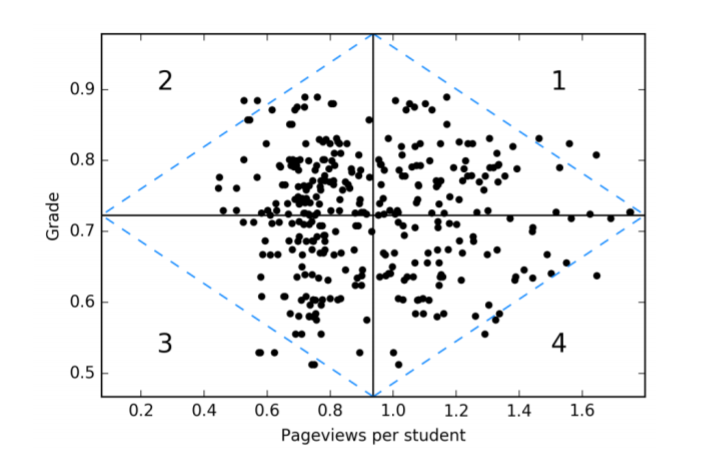This information may be helpful for students and community members who have family and friends who are still in Afghanistan and are not safe there.
Click here for a computer translation in Farsii / Persian.
برای ترجمه رایانه ای به فارسی اینجا را کلیک کنید
Click here for a computer translation in Pashto.
په پښتو د کمپیوټر ژباړې لپاره دلته کلیک وکړئ
Here are 4 things that can help in different ways:
- Do you know someone in Afghanistan who is a US Citizen or a Lawful Permanent Resident (they have a greencard)?
- U.S. citizen or Lawful Permanent Resident family members who are in Afghanistan should complete the US embassy in Kabul’s Repatriation Assistance Form (linked below).
- If the people in Afghanistan cannot fill out the form, then a family member or friend in the U.S. should do their best to help submit that form online.
- This is how the embassy staff in Kabul is collecting info of US Citizens and Lawful Permanent Residents still in Kabul needing help with evacuation.
- The embassy staff will contact them directly with instructions.
- Repatriation Assistance Form full address: https://forms.office.com/pages/responsepage.aspx?id=dFDPZv5a0UimkaErISH0S0jG7jCPVrpAs2b5YumFx6FUOUNBS0lPNFk1SjhEQzBRRDlXS0NXNFM1WCQlQCN0PWcu
- The US Embassy in Kabul is posting updates on their website, also.
- Do you live in Oregon? Your US Senator’s office is helping to connect people in Afghanistan with the US State Department to try to help them leave.
- Oregonians can send information about people in Afghanistan who need to leave to the senator’s office.
- Their office is sending the details to the State Department task force coordinating the evacuation efforts and asking them for help.
- They can help US Citizens and Lawful Permanent residents. Also, they can try to help people with pending visa cases or people of particular concern such as those eligible for P-1 or P-2 refugee status (such as interpreters and their immediate families, other staff for the US Government, etc.)
- The best way is to send the information on the Senator’s web page for questions about immigration. The direct link for Senator Merkley is: https://www.merkley.senate.gov/services/help/citizenship-and-immigration
- You should include
- Full names of all the people
- Dates of birth
- Legal status (if they are a US Citizen or Lawful Permanent Resident)
- Passport number and country
- Local contact for the embassy in Kabul to use (phone and/or email)
- Back up contact info
- Are there any pending visa cases or petitions filed on their behalf
- Other important information, like if they worked for Afghan government, worked for U.S. NGO or military, they are an educated woman, etc.
- You do not need to print or sign or mail any paper to the office.
- If you don’t live in Oregon but want to get help from your senators or representative:
- If you find their phone number, call them. Be ready to leave a message with your name, phone number, and the situation you need help with.
- Example: “I’m calling because I have family in Afghanistan and they need to leave because they are not safe. I need to talk with someone in your office who can help me. My name is _______, my phone number is ______, and my family worked as translators.”
- The senator or representative may have help on their website. Look for “Services” or “Contact”
- They may have a link that says “Help with a federal agency”
- Sometimes they may have an online form. You can give them your contact information and explain the situation.
- If you find their phone number, call them. Be ready to leave a message with your name, phone number, and the situation you need help with.
Here’s one example:

- If you don’t know anyone in Afghanistan, you can still help by:
- Making sure that your friends, coworkers, neighbors, or community members from Afghanistan know about these resources.
- Give $$$ to organizations that can help with refugee resettlement, like IRCO or Catholic Charities
- Reach out to IRCO, Catholic Charities, and other organizations about volunteering in the near future.
- Write to your Senators and Representative to urge them to do everything they can to help people in Afghanistan who need to leave.
Notes written / re-written by Eric Dodson on Aug 17, 2021 based on emails and phone call with Julia Stone. Updated on Aug 19.

